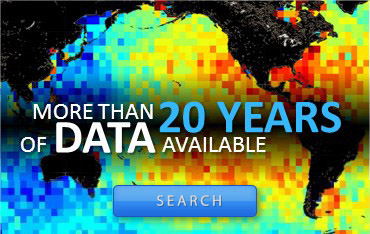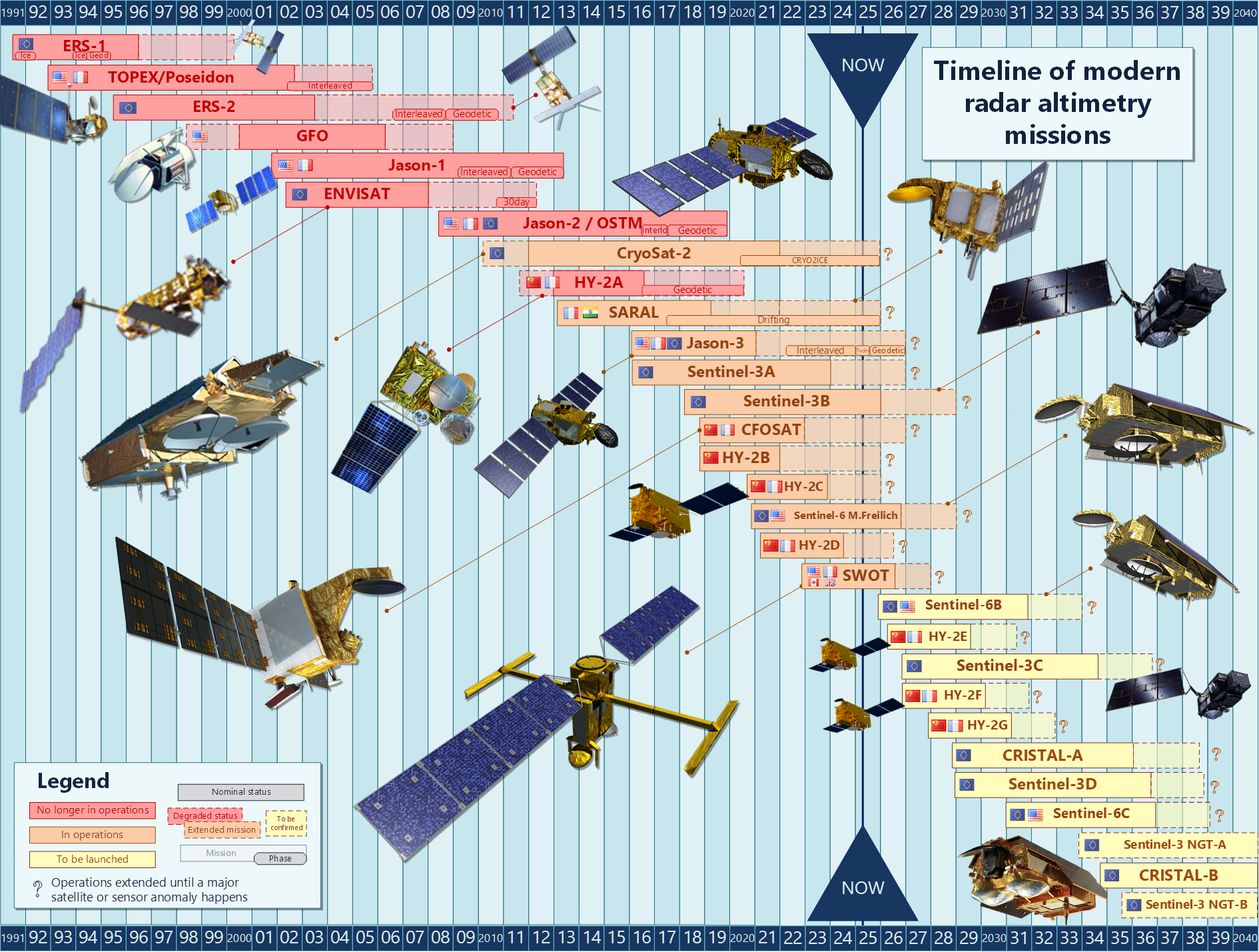Filaments help in understanding a harmful algal bloom
Image of the Month - August 2025
![Patagonian continental shelf in the Atlantic Ocean. (from [Guinder et al., 2025], credit IADO-CONICET) Patagonian continental shelf in the Atlantic Ocean. The area of Harmfull algae bloom is in the red square, within which pink dot shows the November 16 sampling, Blue dot the 25 November one (the other pink and blue dots correspond to other sampling during each of the two oceanographic cruises). ACC: Antarctic Circumpolar Current, MC: Malvinas Current, BC: Brazil Current, BMC: Brazil–Malvinas Confluence, and PC: Patagonian Current. (from [Guinder et al., 2025], credit IADO-CONICET)](/fileadmin/_processed_/5/4/csm_202508_bg-22-3397-2025-f01-weba_4a19e6b91e.png)
Ocean regions of high productivity can also be hotspots for harmful algal blooms. Understanding algae blooms in general, and the harmful ones in particular involves to delve into the biological and physical dynamics of the area, using a large number of different observations and observation tools.
The Patagonian continental shelf in the Atlantic Ocean has nutrient-rich waters where massive phytoplankton blooms often occur, especially along the shelf-break frontal system. Two oceanographic cruises organized by researchers of CONICET (Consejo Nacional de Investigaciones Científicas y Técnicas, Argentina) in spring 2021 detected, at 10-d interval, a bloom of dinoflagellates (Amphidomataceae family), a toxin-producing plankton group, at stations 40 km apart over the outer shelf. This could be due to either a large patch remaining in the area, or to a smaller one moving from one station to the other. Another question was whether it might reach coastal areas, be advected and dispersed in the Malvinas Current, and what were the mechanisms producing such a large bloom there.
Finite-size Lyapunov exponents (FSLEs) and Lagrangian advection of virtual particles, both from altimetry data, were used to understand the physical mechanisms of the toxic algae concentration.
The FSLEs plots over the study area show a complex situtation, and highlight the stirring and heterogeneity of the oceanic waters.
In the area where the harmful algae bloom was sampled, the FSLE maps show no mesoscale fronts separating the two stations during the 10-day period between the cruises. Both stations remained within the same water mass, delimitated by two FSLEs with negative values ("ridges"). The negative FSLEs correspond to a divergence, transverse to the filaments (see Image of the Month, Sep. 2018: A buoy trapped in filaments). This kept both bloom stations within the same water mass during the period between the two samplings, thus explaining the bloom persistence there.
Altimetry made it possible to assess that the mesoscale circulation on the Patagonian shelf prevented the dispersion of a harmful algae bloom. This could be used to monitor such blooms and their dynamics.
The collection of more samples, following the water masses, could also provide with important insights on the dynamics of a large offshore algal bloom. Exploring sub-mesoscale processes should also bring additional inputs for understanding divergence, convergence, and the mixing of plankton and nutrients within and between water masses. Swot is enabling this for future events.
See also:
- Image of the Month, September 2018: A buoy trapped in filaments
- Image of the Month, July 2016: Elephant seals and macaroni penguins follow threads
- Image of the Month, September 2009:Birds track ocean eddies
- Image of the Month, October 2008: Thread-like structures extracted from altimetry
- Applications: Oceanography / multi-sensors
- Applications: Oceanography / submesoscale circulation
- Data: FSLE in delayed-time or 20-days delay
- Missions: Swot
Reference:
- Guinder, V. A., Tillmann, U., Rivarossa, M., Ferronato, C., Ramírez, F. J., Krock, B., Gu, H., and Saraceno, M.: Extraordinary bloom of toxin-producing phytoplankton enhanced by strong retention on the offshore Patagonian shelf, Biogeosciences, 22, 3397–3428, doi.org/10.5194/bg-22-3397-2025, 2025.






![Finite-size Lyapunov exponent (FSLE) ridges in the area of the two locations with the harmful algal bloom (from [Guinder et al., 2025], credit IADO-CONICET) Finite-size Lyapunov exponent (FSLE) ridges in the area of the two locations with the Amphidomataceae bloom: pink dot sampled on 16 November and blue dot sampled on 25 November. The 200-m isobath is indicated in yellow. (from [Guinder et al., 2025], credit IADO-CONICET)](/fileadmin/_processed_/2/7/csm_202508_bg-22-3397-2025-f11-web_8a9110b835.jpg)











